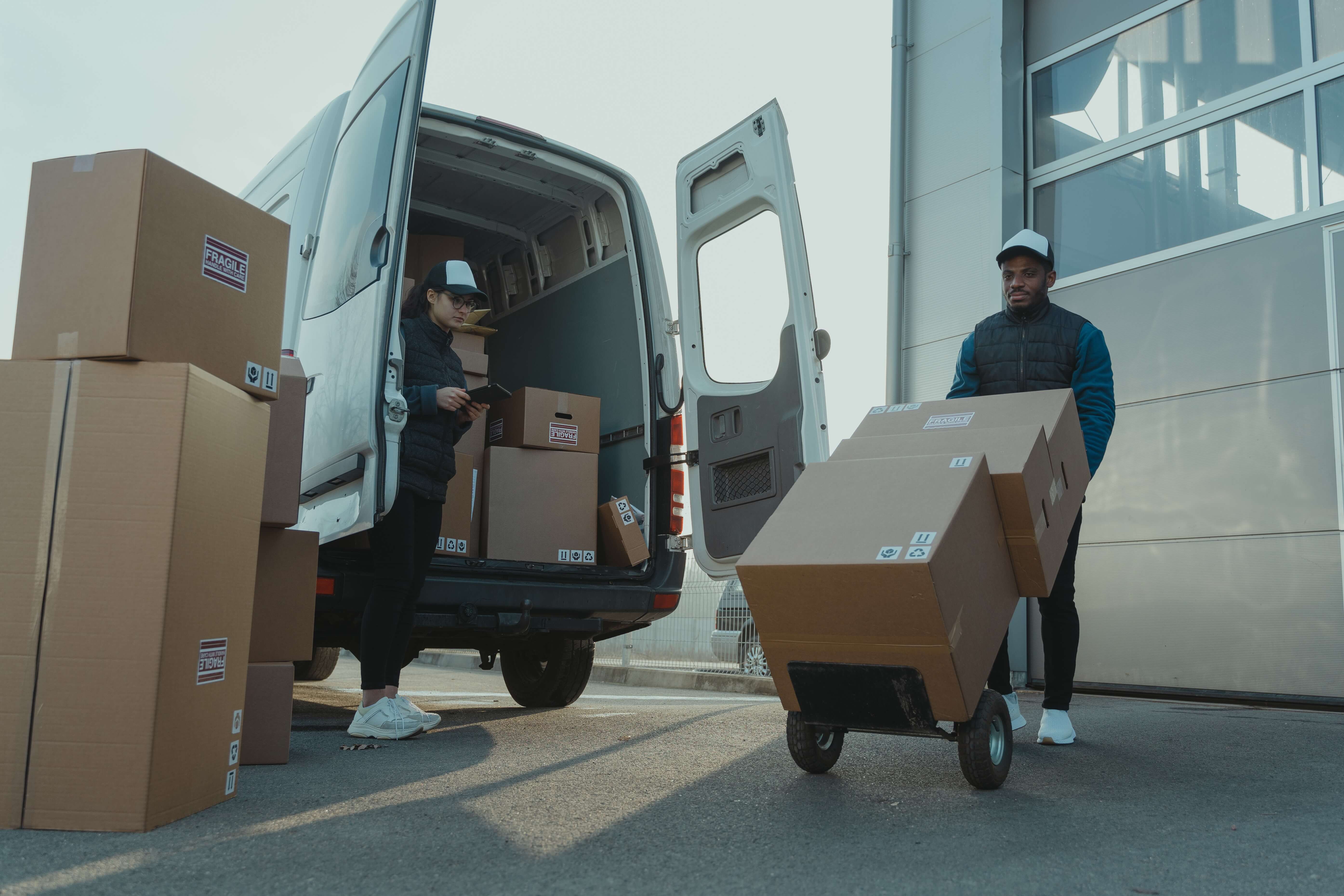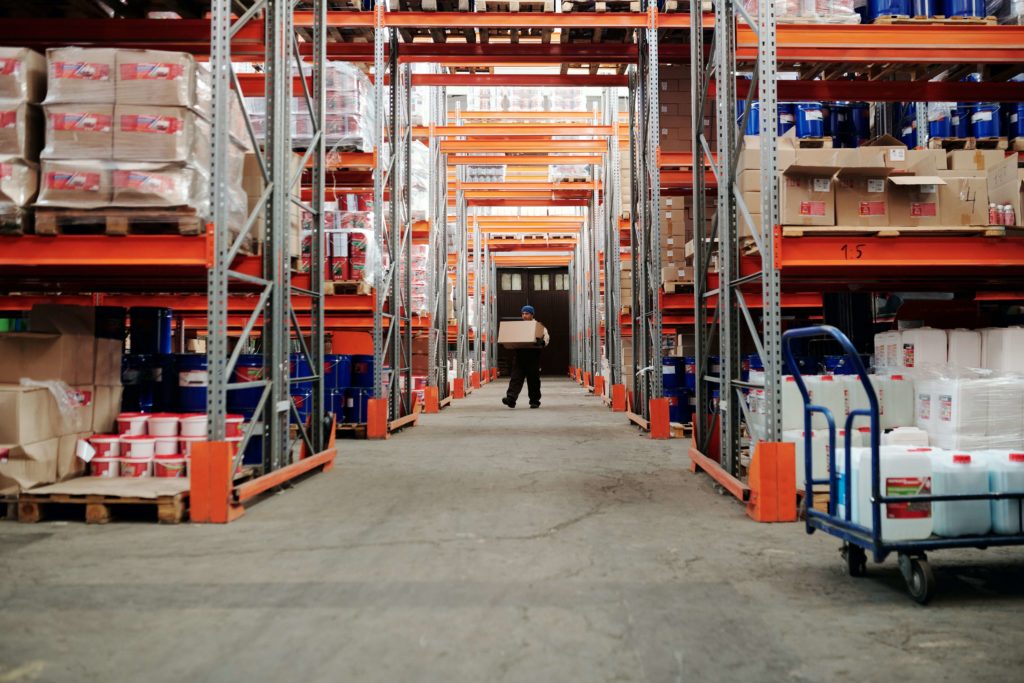Succeeding in Your Logistics Traceability in 2023

Logistic traceability is a process that allows tracking the entire journey of a product, from its manufacturing to its delivery to the customer. In this article, we will explore the various aspects of logistic traceability and the advantages it offers to businesses. We will also provide tips on how to implement an effective logistic traceability solution.
- What is logistics traceability?
- Why implement logistics traceability?
- How to implement customizable logistics traceability for your business?
- Logistics traceability: finding the best software.
What Is Logistic Traceability?
Definition
Logistic traceability is a process that identifies the origin and steps followed by a product. It encompasses all stages of the supply chain, from production to final delivery, including storage, distribution, and transportation.
Through this traceability, you can answer the following questions:
- Where do my products come from? You can trace the origin of raw materials used in the manufacturing of your products, which is particularly important to ensure the quality and legality of your offerings.
- Where are my items currently located? You can track the real-time location of your products, whether they are in your warehouses, in transit, or with your customers.
- What were the routes and transport conditions? You can verify whether your goods have been exposed to inappropriate temperatures, shocks, or other factors that could affect their integrity.
Different Types
Logistic traceability includes various forms. Here is a non-exhaustive list of different forms of traceability:
- Upstream Traceability
This form of traceability concerns the procedures and tools implemented before any actor becomes involved in the production chain. Its main objective is to comprehensively identify all suppliers as well as the raw materials used in the manufacturing of products.
Upstream traceability serves to:
-
- Track the origin of raw materials and essential components to ensure their quality and compliance.
- Establish a transparent relationship with suppliers to ensure sustainable and responsible collaboration.
- Facilitate early detection of issues related to suppliers or raw materials that could impact the quality of the final product.
- Downstream Traceability
In contrast to upstream traceability, downstream traceability focuses on the processes and tools implemented after the delivery of the finished product. Its goal is to identify the customers receiving the products and specific items delivered.
Downstream traceability allows for:
-
- Ensuring complete traceability of the final product to its destination point, which is essential for liability and customer service reasons.
- Responding quickly and accurately to customer inquiries regarding their orders and delivered products.
- Facilitating product recall processes in case of issues or non-compliance by precisely identifying affected customers and products.
- Internal Traceability
Internal traceability relates to all the data that defines the various stages of the production process, from the receipt of raw materials to the manufacturing of the finished product.
Internal traceability offers the following benefits:
-
- Optimizing operational efficiency by identifying bottlenecks and areas for improvement in the production process.
- Ensuring better coordination between different stages of the process, which can reduce production lead times and increase productivity.
- Facilitating the tracking and management of internal resources, including equipment, employees, and raw materials.

- Upstream Traceability (Tracing)
Upstream traceability involves tracking back through the supply chain to know the origin and characteristics of a product at every point.
Upstream traceability is particularly useful for:
-
- Ensuring the origin and quality of raw materials used in product manufacturing.
- Meeting regulatory requirements, especially in sectors like food or pharmaceuticals, where transparency about ingredient origins is crucial.
- Quickly identifying sources of contamination or non-compliance to proactively address and prevent more serious issues.
- Downstream Traceability (Tracking)
In contrast to upstream traceability, downstream traceability allows you to trace raw materials to their corresponding finished products and identify their respective destinations.
Downstream traceability is especially relevant for:
-
- Facilitating investigations in case of problems or complaints regarding a specific product, enabling rapid identification of affected batches.
- Implementing targeted and efficient product recall strategies by precisely identifying the customers affected by the recall.
- Enhancing inventory management by accurately tracking products delivered to each customer.
Challenges
- Integration of Systems
One of the primary challenges of logistics traceability is ensuring that all systems used in your supply chain can communicate effectively with each other. This helps prevent data errors and provides a consistent overview.
- Data Collection and Management
With the multitude of information generated at each stage of the logistics process, it’s necessary to have a solution that collects, stores, and processes this data in an organized and intelligent manner. This allows you to fully leverage the potential of the collected information.
- Data Security
Logistics traceability often involves sharing sensitive data with multiple partners and service providers. Ensuring the security of this data is essential to prevent the risk of theft, hacking, or data leaks.
Why Implement Logistics Traceability?
For businesses, product traceability is a significant asset. It allows them to accurately identify critical points in the supply chain, facilitating the rapid resolution of potential incidents. With this visibility into operations, companies gain productivity and efficiency. Additionally, traceability helps reduce the risks of mishandling or contamination of goods, resulting in an overall improvement in the quality of service offered to customers.
For consumers, logistics traceability is of considerable importance, especially in a globalized economic context where the flow of goods has become international and complex. In the omnichannel strategy, e-commerce, and e-logistics era, buyers need to feel confident when placing orders. The ability to trace the entire journey of a product or service instills confidence in consumers. Knowing where a product comes from, how it was transported, and whether it was handled correctly is reassuring for them and can influence their purchasing decisions.
Given these challenges and opportunities, mobile professionals need to equip themselves with the perfect software to meet their logistics traceability needs. Such software must be capable of real-time tracking of goods movements, inventory data management, and providing detailed information about shipment status. It should also be scalable to adapt to the company’s future needs and ensure a smooth implementation within the supply chain.

How to Implement Customizable Logistics Traceability for Your Business?
- Analyzing Your Needs and Existing Workflows
The first step in establishing effective logistics traceability is to thoroughly understand your company’s needs and the workflows currently in place. Identify weaknesses and inefficiencies in your current logistics system, as well as areas that could benefit from improved traceability.
- Choosing a Customizable SaaS Solution
To achieve optimal logistics traceability, it is crucial to select a Software as a Service (SaaS) solution that can be customized to meet the specific requirements of your business. Opt for a flexible and modular solution that can seamlessly integrate with your existing infrastructure. Such customization ensures that you only pay for the features you need while allowing you to expand the platform as your needs evolve.
- Seamless Integration with Your Existing Systems
Ensure that the logistics traceability solution you choose offers seamless integration with your existing systems and software, such as your inventory management system, Enterprise Resource Planning (ERP), or tracking tools. Seamless integration allows for smooth data transfer and avoids potential disruptions to your workflow.
- Real-Time Tracking and Geolocation
High-quality logistics traceability should provide real-time tracking of your shipments and goods. The ability to track every step of the logistics process, from initial pickup to final delivery, is essential for making informed decisions and responding quickly to unforeseen events.
- Data Security and Compliance
As a mobile professional, you understand the importance of data security. Ensure that the logistics traceability solution you choose complies with current security and privacy standards. Data security is crucial for protecting your sensitive information and ensuring that only authorized individuals have access.
- Training and Technical Support
When implementing a new logistics traceability solution, training and technical support are essential for successful adoption. Choose a provider that offers comprehensive training for your team and provides responsive technical support when needed.
Logistics Traceability: Finding the Best Software
- Key Features to Look For
When it comes to choosing logistics traceability software, key features are essential. Make sure the software provides accurate real-time tracking, as this allows you to maintain an overview of the location of your goods at all times. The ability to efficiently manage your inventory is also necessary to avoid overstocking or stockouts.
Additionally, check whether the software offers seamless integration with other systems you already use in your business, such as your warehouse management system or order management software. This interconnection will help prevent manual data entry errors and facilitate data synchronization for smooth logistics chain management.
- Customization Options to Meet Your Business’s Specific Needs
Every business has unique logistics needs, which is why it is essential to look for logistics traceability software that offers customization options. Choose a tool that can be adapted to align perfectly with your internal processes and requirements. The flexibility offered by a customized solution will enhance your team’s efficiency and optimize your end-to-end logistics operations.
- User-Friendliness and User Experience
When evaluating different logistics traceability software options, consider user-friendliness and the user experience. User-friendly software will allow your team to quickly grasp its use, minimizing training time and reducing the risk of human errors in data entry. A well-designed user interface will also facilitate access to data and navigation within the software. This will help you increase efficiency while reducing the risk of human errors in data entry.
- Reputation and References of the SaaS Solution Provider
Lastly, do not underestimate the importance of the reputation and references of the SaaS solution provider. Conduct thorough research on the company offering the logistics traceability software you are considering adopting. Read reviews from current and past users to get an idea of their satisfaction level.
Ensure that the provider takes data security seriously and implements robust measures to protect your confidential information. A trusted provider should also offer reliable technical support to assist you in case of issues or questions.
Nomadia offers a solution for optimizing your deliveries and supply chain traceability!
